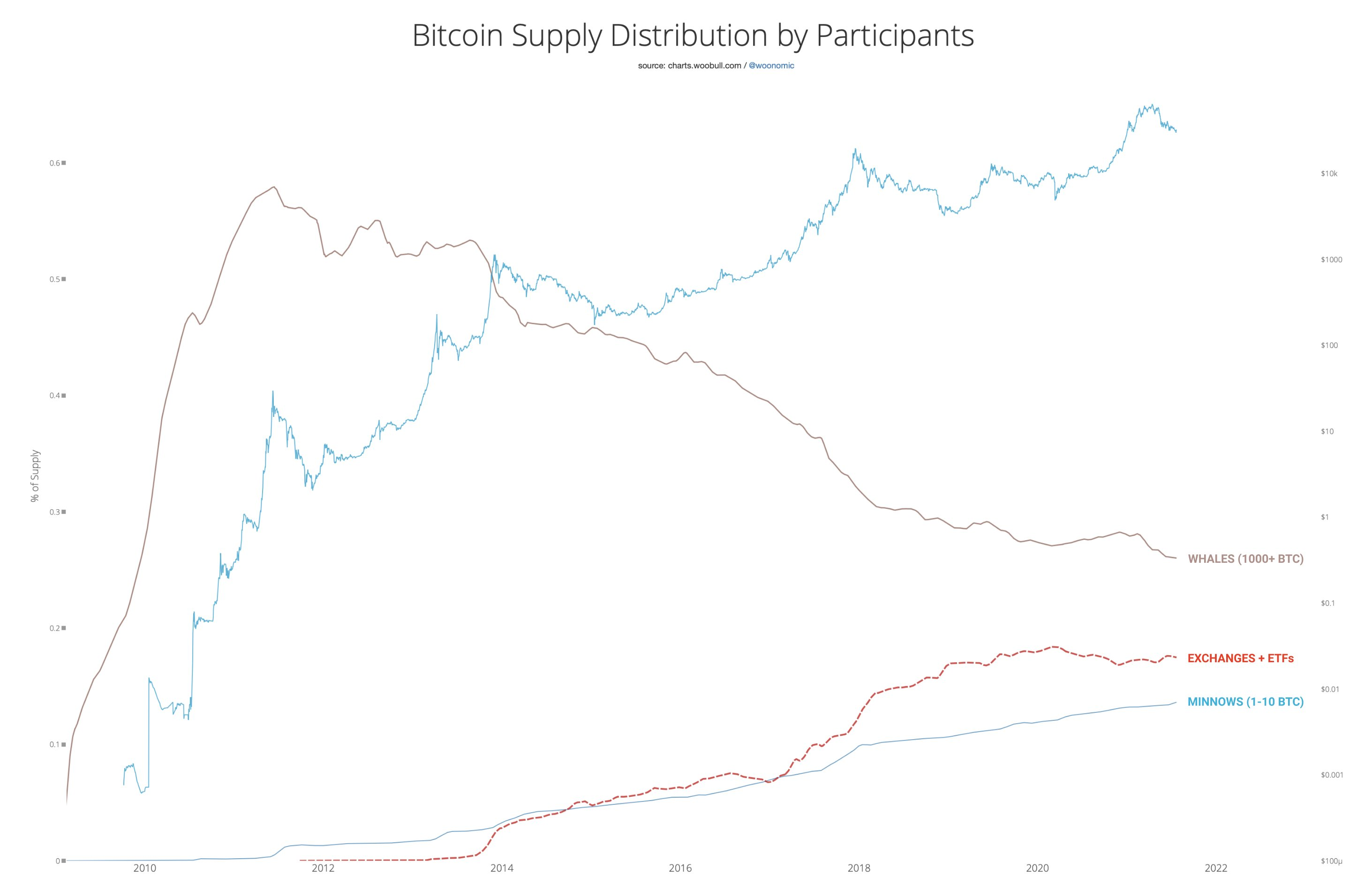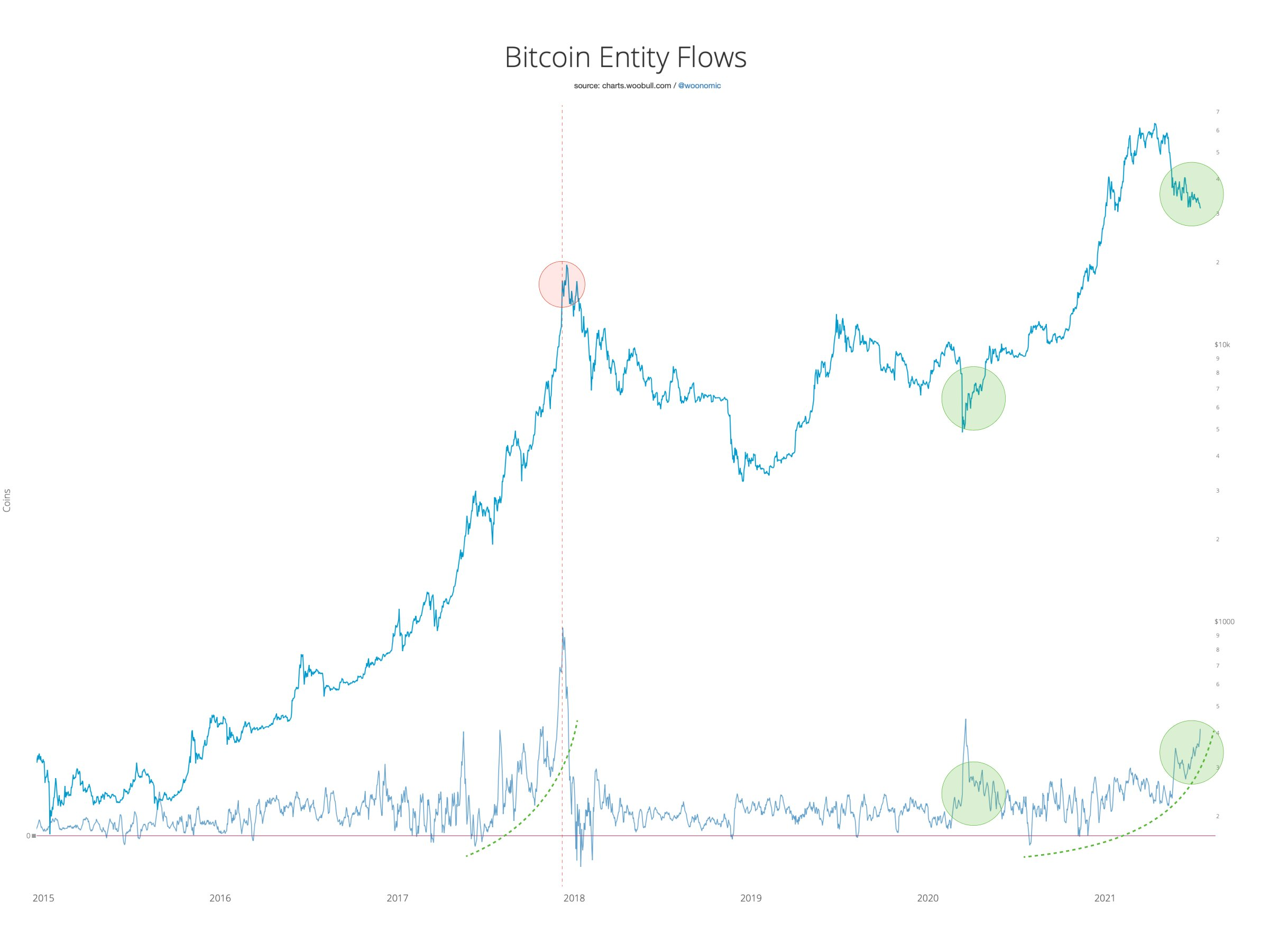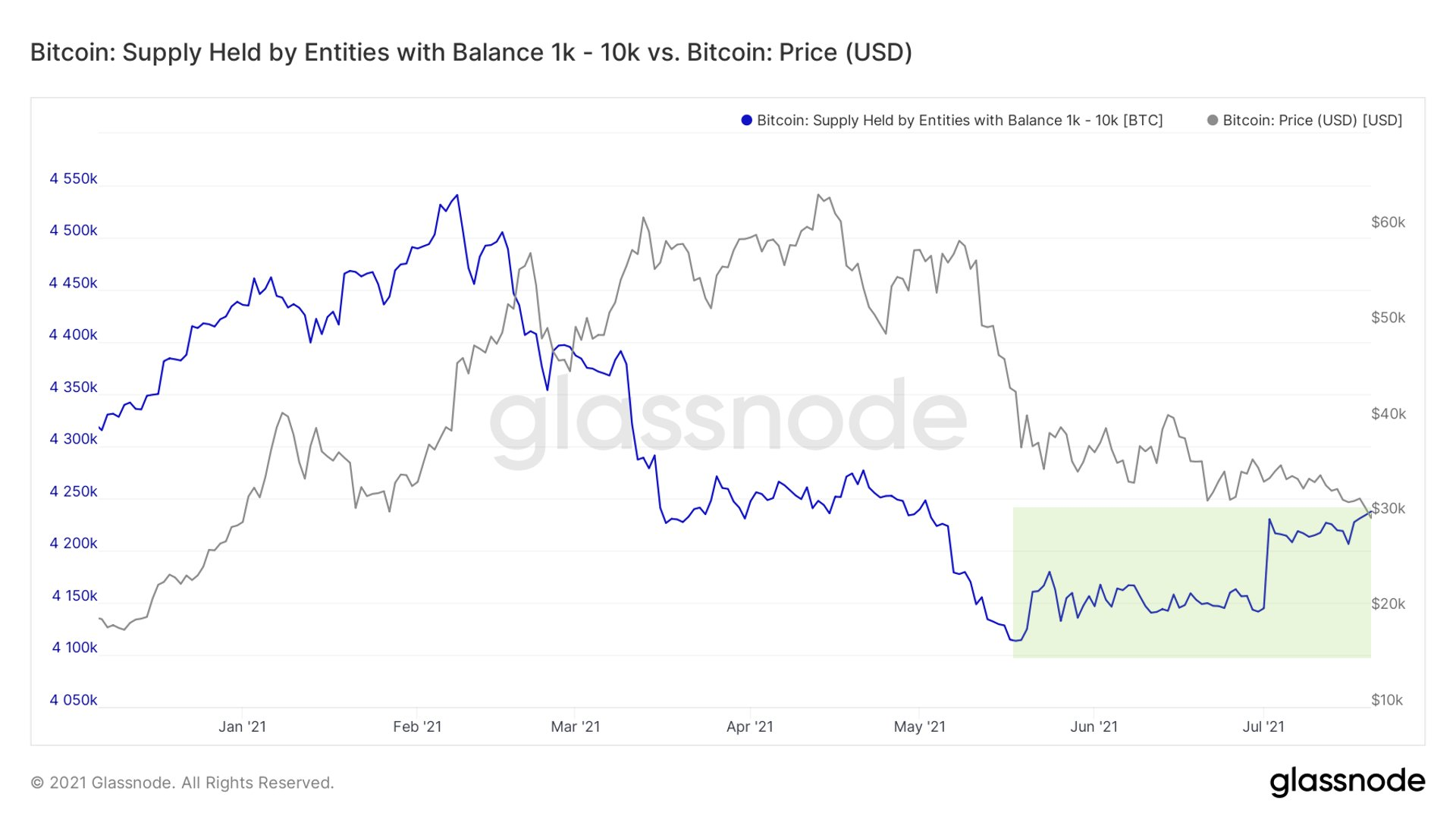Today’s on-chain analysis provides a look at the behavior of small and large crypto market participants in the context of the ongoing dip.
It turns out – unlike after previous bull markets ended – that minnows are increasing their holdings despite Bitcoin’s price decline. Moreover, not all whales have decided to sell, and some are also increasing their supply.
SponsoredThe minnows are overtaking the whales
According to on-chain analyst Willy Woo, the history of Bitcoins distribution indicates a long-term trend of BTC moving from the hands of whales to small retail investors (minnows). This is a trend that has been in place almost since the beginning of the history of halving cycles, as it dates back to the end of 2011.
Its particular stabilization can be seen after the bull market of 2013-2014, when cryptocurrency exchanges and ETFs (exchange-traded funds) started to play an increasingly important role in the crypto market.

Woo points out that “coins are moving to the masses”. According to his on-chain analysis, the dominance of minnows is increasing. If one also considers the supply in the hands of exchanges and ETFs, whose holdings largely represent those of smaller hodlers, whales are losing their supremacy.
Well, according to the chart, whales (1000+ BTC) currently hold 26% of Bitcoin holdings. Exchanges and ETFs collectively hold 17.5%, which they mostly keep on behalf of their 150+ million customers. Meanwhile, minnows (0-10 BTC) collectively hold 13.6%.
So the combined amount of assets held individually by minnows and through exchanges and ETFs is 31.1%. This is more than the 26% in the hands of the biggest whales.
SponsoredMinnows buy the dip
The reason Woo pays particular attention to the behavior of small investors is the historical correlation between the periodic rise in the number of small BTC holders and the increase in Bitcoin’s price. The analyst illustrates this in a chart of the weekly net flows to small holders of less than 1 BTC.

The dashed trend line (green) compares the 2017 bull market with the 2021 ups and downs. We see that – unlike in the previous bull market (red circle) – the clear drop in the price of Bitcoin has not changed the behavior of small hodlers who are still buying.
SponsoredThe upward trend line of their holdings has not been broken and is reaching yearly peaks. In comparison, the coronavirus crash of March 2020 (green circle) led to a clear reversal of small investors.
Furthermore, Woo comments that “in the last 30 days, whales sold 4k BTC, plebs bought 31k BTC”.
Further evidence of the increasing dominance of minnows is provided by a chart of the ratio of small hodlers (0-10 BTC) versus dolphins and whales (100+ BTC). It appears that this chart has been rising parabolically since the May lows.

The whale species continues to buy
So overall, the on-chain analysis highlights the long-term trend of Bitcoin flowing from whales to minnows, which has not stopped during the ongoing dip. However, there is a whale species living in the 1-10k BTC region that has also been aggressively increasing its holdings over the past 3 weeks.
This trend is pointed out by another on-chain analyst, Will Clemente, in his recent tweet. According to him, whales have been buying fear since mid-May, and have added 96,044 BTC to their wallets in recent weeks.

However, the number of the largest whales (10,000+ BTC) has dropped slightly in recent months, explaining why minnows and smaller whales may have increased their holdings.
For the latest analysis of Bitcoin (BTC) by BeInCrypto, click here.

